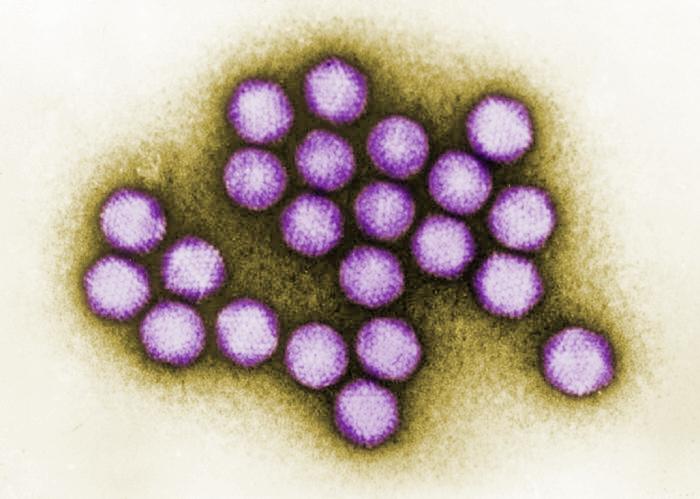Scientists believe they have identified the cause of a mysterious surge of severe hepatitis cases that impacted hundreds of children around the world last year. According to a trio of new studies, the outbreak was likely driven by joint infections of common childhood viruses. The reason these otherwise common infections acted so unusually, they believe, was a knock-on effect of the COVID-19 pandemic disrupting the normal chains of transmission.
Between April 6 and July 8, 2022, the World Health Organization reported over 1,000 probable cases of acute hepatitis of unknown cause in children in at least 35 countries. In total, 46 children required liver transplantations and 22 lost their life.
Hepatitis is inflammation of the liver. It can be caused by a few different reasons, both infectious and non-infectious. It’s relatively rare in kids, so the outbreak in 2022 shocked many scientists and doctors who couldn’t explain the surprising number of cases.
In this latest investigation, researchers led by the University of California, San Francisco carried out several different tests for viruses – including polymerase chain reaction (PCR) tests, metagenomic sequencing, and molecular-testing methods – on 16 hepatitis cases in kids from six US states.
This revealed that the kids’ hepatitis cases had clear links to other viruses, such as human adenoviruses (HAdVs) that were detected in all the cases. Adeno-associated virus 2 (AAV2) was also detected in 93 percent of the cases, while a specific type of adenovirus linked to gastroenteritis (HAdV-41) was found in 11 cases. Furthermore, co-infections with Epstein-Barr, herpes, and enterovirus were found in 85.7 percent of cases.
They concluded that the combination of adenoviruses and AAV2 had a clear link to the outbreak.
A small cluster of adenovirus virions imaged by a transmission electron microscopic (TEM). Image credit: CDC/Dr. G. William Gary, Jr./Public Domain
AAVs are strange as they are not known to directly result in human disease. However, they can cause health problems when they latch on to other “helper” viruses, such as adenoviruses that cause colds and flu. In these cases, it appears the AAVs were “hijacking” adenoviruses to allow them to replicate in the liver and cause damage.
“We were surprised by the fact that the infections we detected in these children were caused not by an unusual, emerging virus, but by common childhood viral pathogens,” Professor Charles Chiu, director of the UCSF Clinical Microbiology Laboratory, said in a statement.
This theory is still somewhat speculative and, notably, the tests were conducted retrospectively, which isn’t the most reliable way to scientifically investigate a problem like this.
Nevertheless, previous studies have concluded that the recent hepatitis outbreak among children was likely sparked by AAVs ganging up with adenoviruses. This latest research is yet another indication that the culprit might have been correctly identified.
It’s still pretty unusual that viral infections behaved in this way. Children often catch these types of bugs when they started socializing with other kids, typically with little problem. However, the social distancing measures imposed during the COVID-19 pandemic meant children were not given the chance to contract and gain immunity to these pathogens.
When the social distancing measures ended, many young children were suddenly flooded with common viruses they had not previously encountered.
“That’s what led us to speculate that the timing of the outbreak was probably related to the really unusual situations we were going through with COVID-19-related school and daycare closures and social restrictions,” Chiu said.
“It may have been an unintended consequence of what we have experienced during the last two-to-three years of the pandemic.”
On top of this, part of the new research found 25 of 27 impacted children shared an uncommon immune-related genetic variant, suggesting a genetic predisposition may have played a role.
Speaking to The New York Times, Chiu added it was “a perfect storm.”
The three new studies were published in the journal Nature (here, here, and here).
Source Link: Cause Of Mysterious Hepatitis Outbreak In Kids May Have Been Identified
